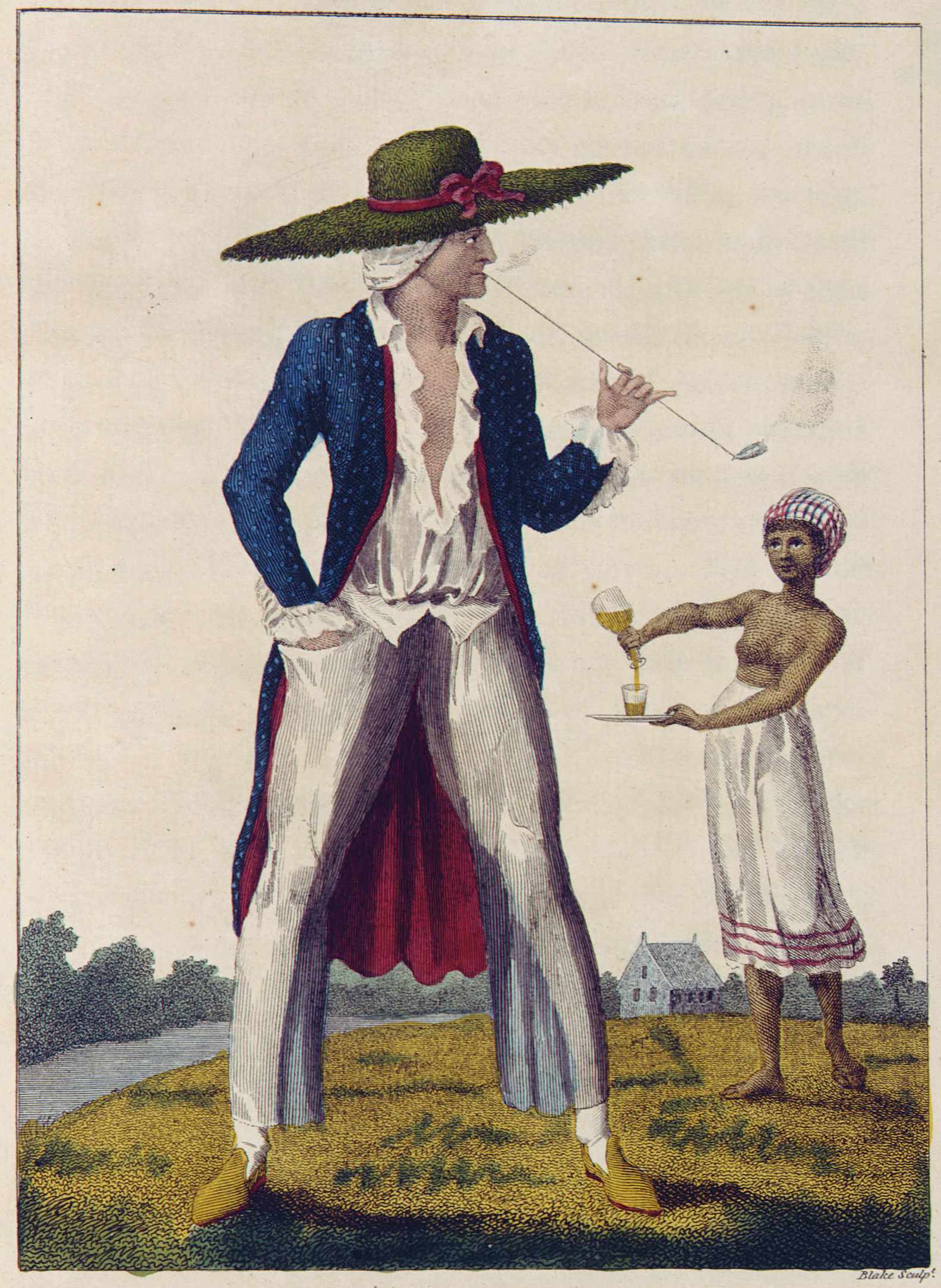Database
The Generale Lijsten der Hoofdgelden (GLdH) database discloses the historical record for plantation tax (per capita) in the Dutch colony Suriname during early slavery.
History
Work on the GLdH-database has been in progress since 2016. First the necessary reproductions of tax records were accumulated at the National Archives in The Hague. Next an inventory was made of the supporting historical sources, additions and corrections necessary to annul - as much as possible - some of the rather notorious unreliability of this record. These data were also collected at the National Archives and from on-line sources such as the Surinam Heritage Guide (SHG).
Contents
First and foremost the database presents the historical data from the GLdH, entered into an Excel database, checked by automated processing of the original calculations and corrected where necessary. As such it discloses the number of enslaved people owned by tax paying plantation owners for the years 1693-1733. To facilitate the use of the database names of owners and plantations have been standardised.
Besides the original data the database also contains columns with imputed data, calculated to elevate its level of reliability. This concerns a correction for erroneous declarations by plantation owners, which was calculated with as considerable a sample as possible of plantation inventories and appraisals from said period. Also an estimation of deaths amongst the enslaved has been added, based on renowned research by Sheridan and Beeldsnijder (see: Sources)
In addition a vast research project was launched to tie as many plantations as possible to owners. Wherever possible plantation name, location and main product have been entered into the database. This research is still ongoing and it builds upon existing on-line sources such as the SHG, as well as archival records such as historical plantation lists and maps by the Labadists (1686), Lavaux (1737) and the inventory of plantation appraisals made by Bijlsma in 1921.
